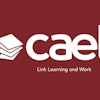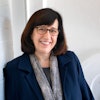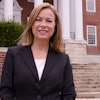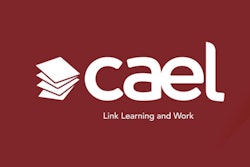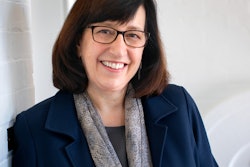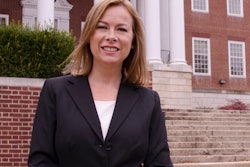The pandemic has increased inequities at all levels of education, but it has also provided an opportunity to close those gaps. That was the sentiment of the panelists who participated in “The State of Education: Rebuilding a More Equitable System” hosted by The Atlantic on Wednesday.
While the disparities are clear, panelists noted that this unique time has also presented opportunities to dramatically overhaul the education system from early childhood through postsecondary education to create a more equitable learning environment.
Dr. John B. King, president and CEO of The Education Trust and former U.S. Secretary of Education, said things cannot return to how they were prior to the pandemic because students who needed the most were receiving the least, including access to strong teachers and counselors.
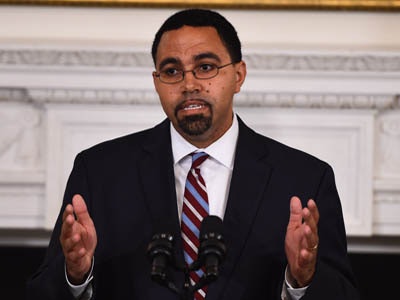 Dr. John B. King Jr.
Dr. John B. King Jr.“Less access to support around postsecondary transition, and we see similar inequities in our higher education—states that significantly underinvest in public higher education and underinvest dramatically in community colleges relative to their flagship universities,” said King. “We really have to see this as an opportunity to build a much more just future as we return to school.”
King said in the immediate, there must be responses to learning challenges and social and emotional challenges that students face. He’d like to see a significant investment in tutoring and suggested a national tutoring corps that mobilizes recent college graduates and retired teachers to help students catch up.
Schools at all levels need to invest in mental health services and counselors, he said, noting that students of color in particular, are not getting access to the nation’s flagship universities.
“[President Biden] talked during the campaign about doubling Pell grants,” said King. “Back in 1980, Pell grants accounted for about 80% of the cost of a public four-year college. Today, Pell grants account for about 28%. A doubling of Pell grants would go a long way to making college much more accessible for low-income and moderate-income students.”
King noted three things learned this past academic year that will be worth keeping well beyond the pandemic:
(1) Technology can be a tool to support student learning in K–12 and higher education.
(2) Hybrid and virtual opportunities enable students to take classes not offered at their schools.
(3) Deploying teachers differently, where teachers best suited to teach a particular subject are utilized specifically.
King said it is essential all eligible high school seniors complete the Free Application for Federal Student Aid (FAFSA), and currently he’s seeing a dip in FAFSA completion.
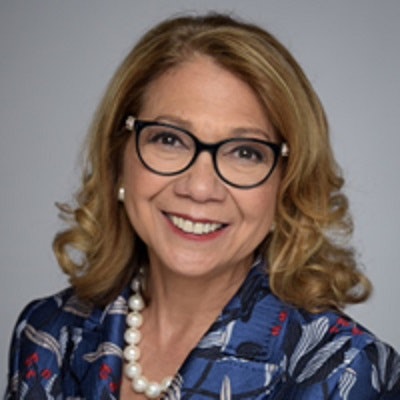 Dr. Mildred Garcia
Dr. Mildred Garcia“Community colleges need resources,” he said. “Many students are leaving school or deciding not to go to school because they can’t afford it. It’s not just tuition. It’s the cost of housing, books, food. We need more aid for students. Doubling Pell grants would help tremendously.
“We need more supports for students,” he added. “We need to provide better advising, better counseling, access to childcare on campus. We really need to have a holistic view. When colleges put in place those kinds of supports, they not only enroll low-income students and students of color at higher rates, but they actually complete at higher rates.”
King said there should be a comprehensive picture of student performance when it comes to the college admissions process. The goal should be for flagship universities to be representative of the population.
“We ought to make college debt free,” he said. “Free tuition can be a component of that strategy, but it can’t be the whole strategy. We have to have a strategy that says if you attend a public institution in the United States, you should be able to graduate with a four-year degree without carrying debt with you going forward. And we’ve got to do something about those who are already saddled with debt.”
In a later session, Dr. Sonja Santelises, the CEO of Baltimore City Schools and Dr. Mildred Garcia, president of the American Association of State Colleges and Universities (AASCU) engaged in a robust conversation about equity.
“The first thing the institution needs to see is are you serving the population you say you’re going to serve in your mission and in your vision, which is your community,” said Garcia. “Secondly, they’ve got to really look at the policies that they have in place. What are those barriers that are really hurting the first-gens, students of color and low-income, who are the new majority of America?”
Garcia said that this includes hiring faculty, advisors and career specialists of color as well as developing “grow our own programs”, adding that it’s essential that coalitions are built to work with legislators and see that institutions that serve the most vulnerable receive adequate funding.
To combat racism in education, equity must be a central tenet, Garcia said.
She said that while technology enabled students to continue to learn during the pandemic, three out of 10 students said their learning experience worsened online. There is a need for support services and faculty development, she added, so faculty can become more proficient in teaching virtually.
Santelises said Baltimore City Schools, for example, will be increasing their work with ninth-graders.
“[Students and their families] did not know the trajectory of what they needed to do to actually end up in college, which was the goal for many of our young people,” said Santelises, who added that CARES dollars are being invested in one-on-one mentorship and counseling to help students with their postsecondary plans.
“Letting them know that we’re here for them and matching them with at least one caring adult who can help them navigate what can seem like a very daunting landscape without a pandemic that now looks 10 times as difficult and 10 times as impossible,” Santelises said. “We’ve found that kind of matching, direct feedback and guidance really helps keep young people connected to those dreams.”


